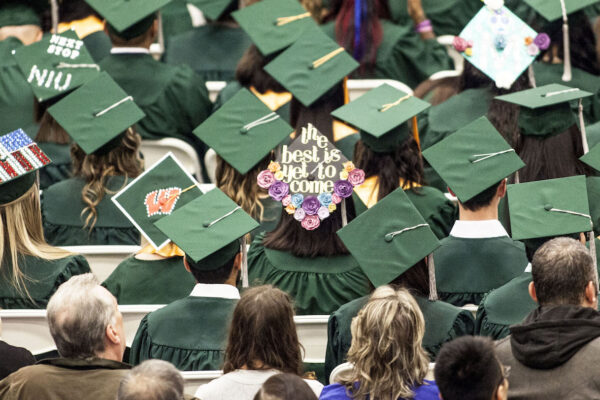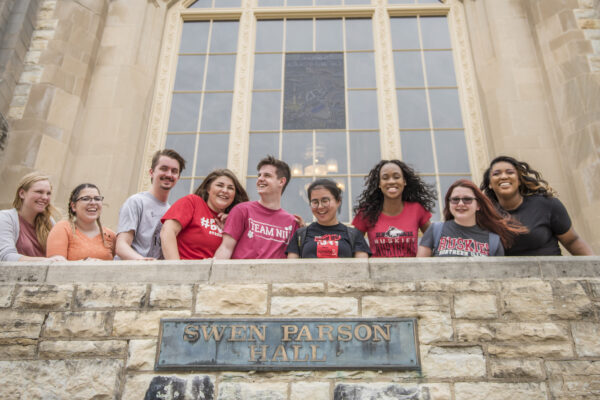NOVA-Mason Partnership Provides Guided Pathways for Transfer Students
Many students transferring from a community college to a four-year institution can attest that it is a decidedly complicated process. And while many schools have transfer agreements, not all provide “guided pathways” for a smooth transition. George Mason University (Mason) (VA) and Northern Virginia Community College (NOVA) have expanded upon an existing partnership to provide just that through ADVANCE: A NOVA Mason Partnership.

The story began two years ago when Mason launched a bachelor’s program in mechanical engineering. Administrators knew many students in the past had been frustrated by attempts to transfer community college credits, so the university forged a compact with NOVA, offering dual enrollment for mechanical engineering students and enabling faculty to develop curricula in tandem.
This month, Mason and NOVA announced this compact would be expanded to other majors in 2018. ADVANCE creates a single point of admission and financial aid, a dedicated advisor from admission to NOVA through graduation from Mason, realignment of curricula to ensure students don’t lose credits when they transfer, and financial incentives for in-need students.
The partnership begins this fall with students in Mason’s Volgenau School of Engineering, and will add programs from the School of Business, the College of Science, and the College of Humanities and Social Sciences in the fall of 2018.
The ultimate goal of the expanded partnership is to increase graduation rates and smooth the pathway to completion for students, while helping fulfill the workforce needs of Northern Virginia businesses. Mason estimates that students who earn a four-year degree two years after transferring from NOVA can save a full year in tuition.
The ADVANCE partnership comes at a time when practitioners, researchers and policymakers have been concerned that too few students successfully navigate the complex process of transferring from a two-year to a four-year institution. A recent ACE report examines how to improve this pipeline.
At a Glance
ACE Member Institutions: George Mason University (VA) and Northern Virginia Community College
Program: ADVANCE: A NOVA Mason Partnership
Become a member: As a member of ACE, you join nearly 1,800 organizations that collectively promote, protect and advocate for students, faculty and administrators in higher education. ACE is the most visible and influential higher education association in the nation, and we are at the center of federal policy debates concerning legislation that affects campuses across the country. See more on the ACE website.
If you have any questions or comments about this blog post, please contact us.


